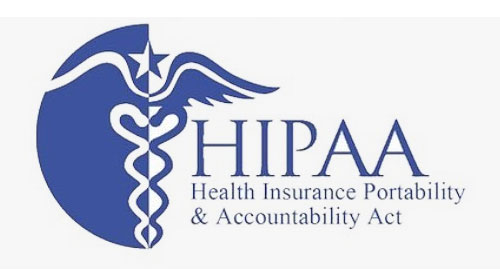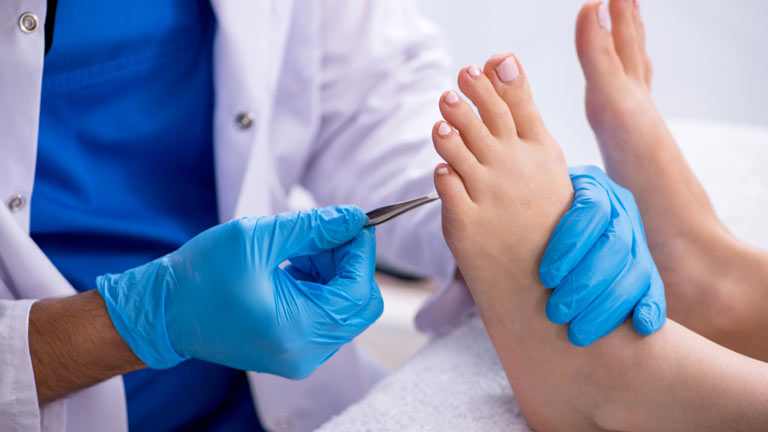 Every year, around 4 million work-related injuries or illnesses take place in the US. Unfortunately, workplace hazards are inevitable in most businesses. Slip and fall accidents, elevator malfunctions, and injuries caused by fallen objects are all examples of mishaps that can happen to someone in a commercial establishment.
Every year, around 4 million work-related injuries or illnesses take place in the US. Unfortunately, workplace hazards are inevitable in most businesses. Slip and fall accidents, elevator malfunctions, and injuries caused by fallen objects are all examples of mishaps that can happen to someone in a commercial establishment.
There are thousands of lawsuits filed every year against the owners of malls, retail stores, hotels, and other businesses to seek damages for injuries they’ve sustained on these properties.
In most cases, these lawsuits end in very costly settlements and occasionally cause these businesses to declare bankruptcy. If the case went to trial and a jury gave a favorable verdict to the plaintiff.
According to premises liability laws, there is a duty for property owners to ensure a safe environment for all their patrons. Failure to do so may be counted as negligence and be the basis for a lengthy and costly lawsuit
All business owners have both a moral and legal responsibility to make sure anyone who visits their business can do so safely. Negligence to provide a safe environment for customers can severely hurt a business’s reputation and financials and can send them on a downward spiral. That’s why I’ve partnered a few simple measures that business owners can take to minimize the risk of accidents and injury-proof their businesses.
Preventing Slip-and-fall Injuries
One of the most common culprits behind premises liability claims and lawsuits is slip and fall injuries. According to the CDC, each year, more than 800,000 people are sent to hospitals nationwide to treat for slip and fall injuries. Out of these incidents, a large percentage has surely happened on the premises of commercial establishments. This is why it’s essential for businesses of all kinds to injury-proof their businesses and take adequate steps to provide a safe environment for their customers.
There are many steps businesses can take to prevent accidents from taking place on their premises. These steps include:
- Regularly inspecting and maintaining all floors, carpets that might cause a slip and fall.
- Clearly marking wet floors with a bright sign.
- Regularly check for cracks or any structural damage around the property that could cause an accident.
- Removing snow from walk paths in the winter and cleaning slippery leaves in the fall.
Business Owner Liability for the Actions of Third Parties
Although in most cases it is out of their control, business owners could be found liable for accidents that have taken place on their premises. The easiest example would be if an employee was hurt while working on the job.
A rarer example would be if a crime was committed on the premises. The victim of the crime could argue that the business owner displayed negligence by not providing a safe environment for his customers. However, this claim would only be successfully proven if it could be determined that the crime was considered foreseeable, and therefore, the owner could have known and provided adequate security.
Ensure Your Business
Protecting all employees and customers is naturally on any business owner’s mind. That’s why for an owner of a business with regular customer traffic, it’s essential to have general liability insurance. This helps protect the customers, employees, and the business itself, should any car accidents happen. This is a major part of injury-proofing your business and it should not be disregarded.




